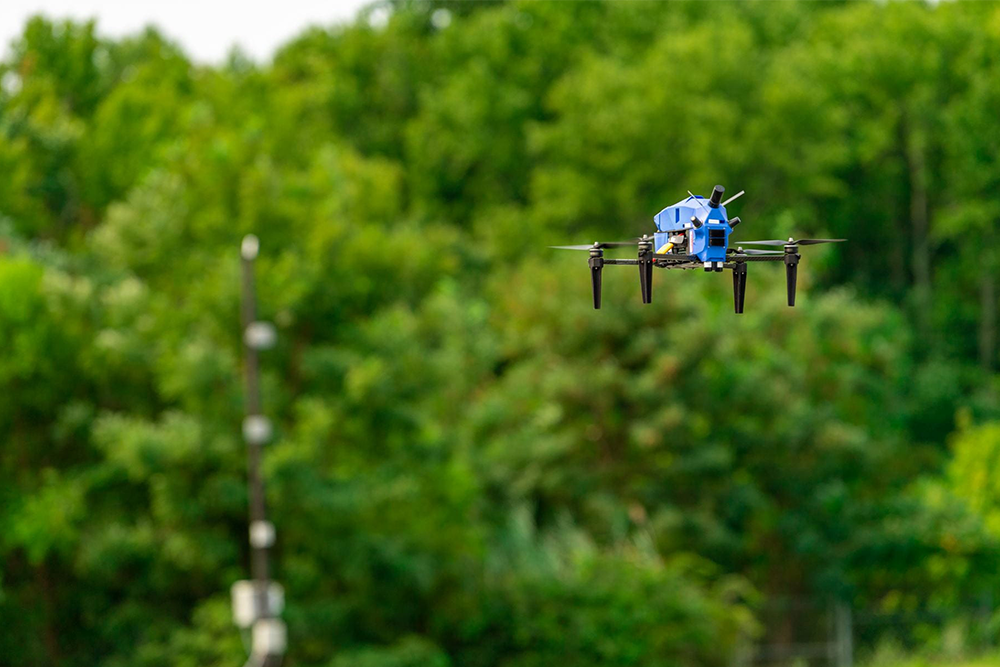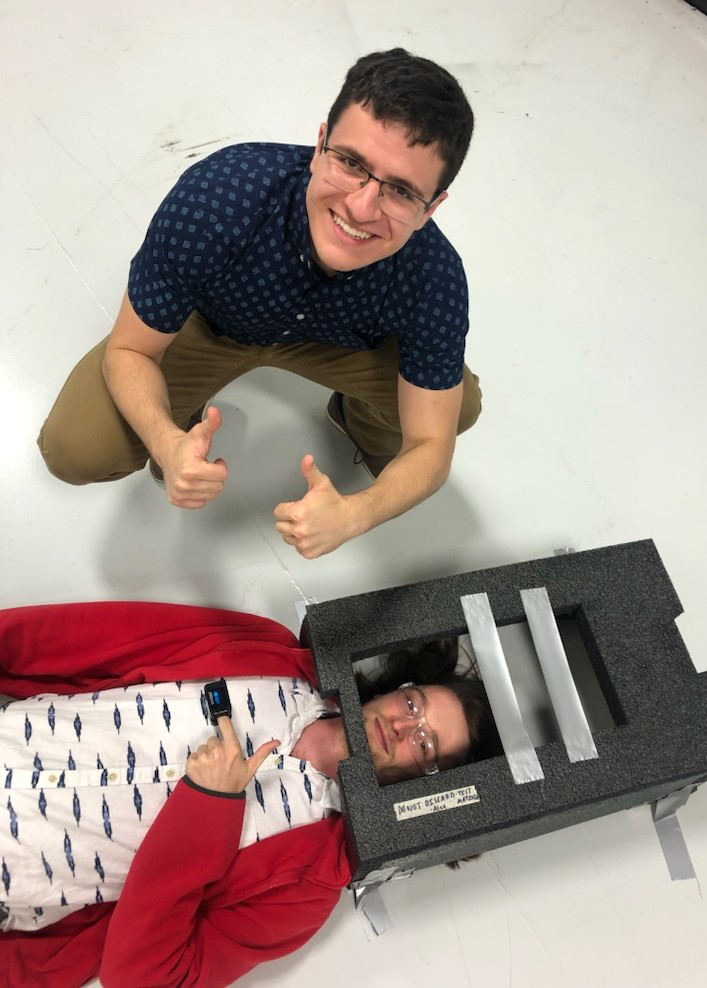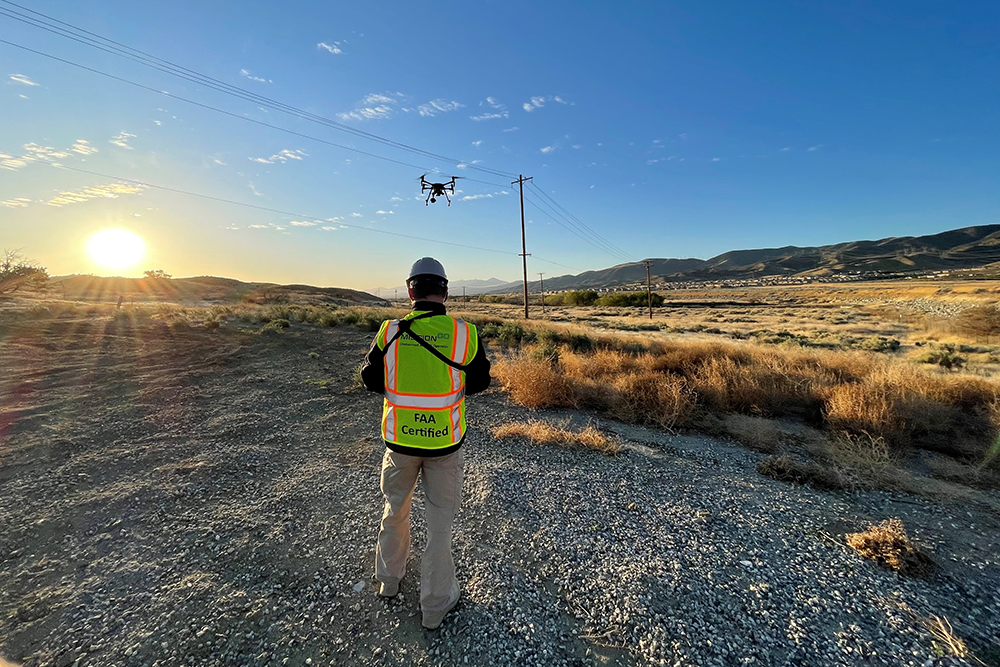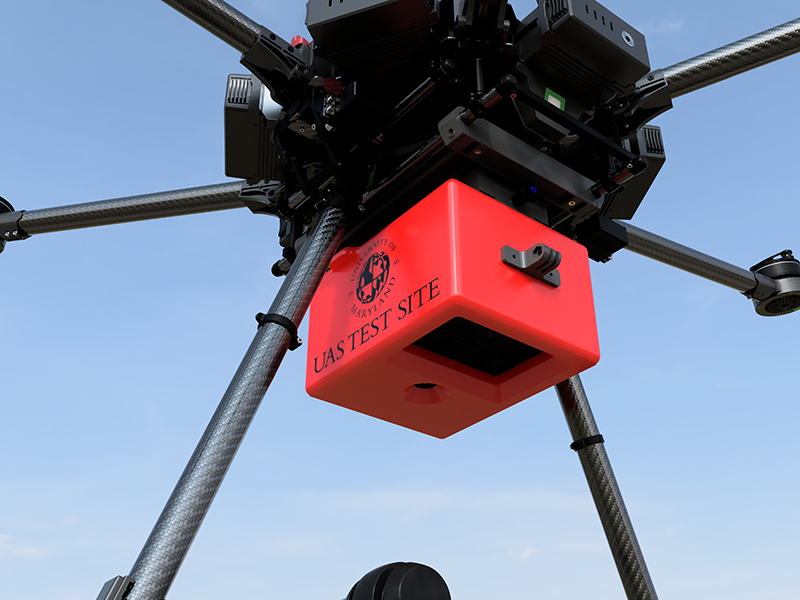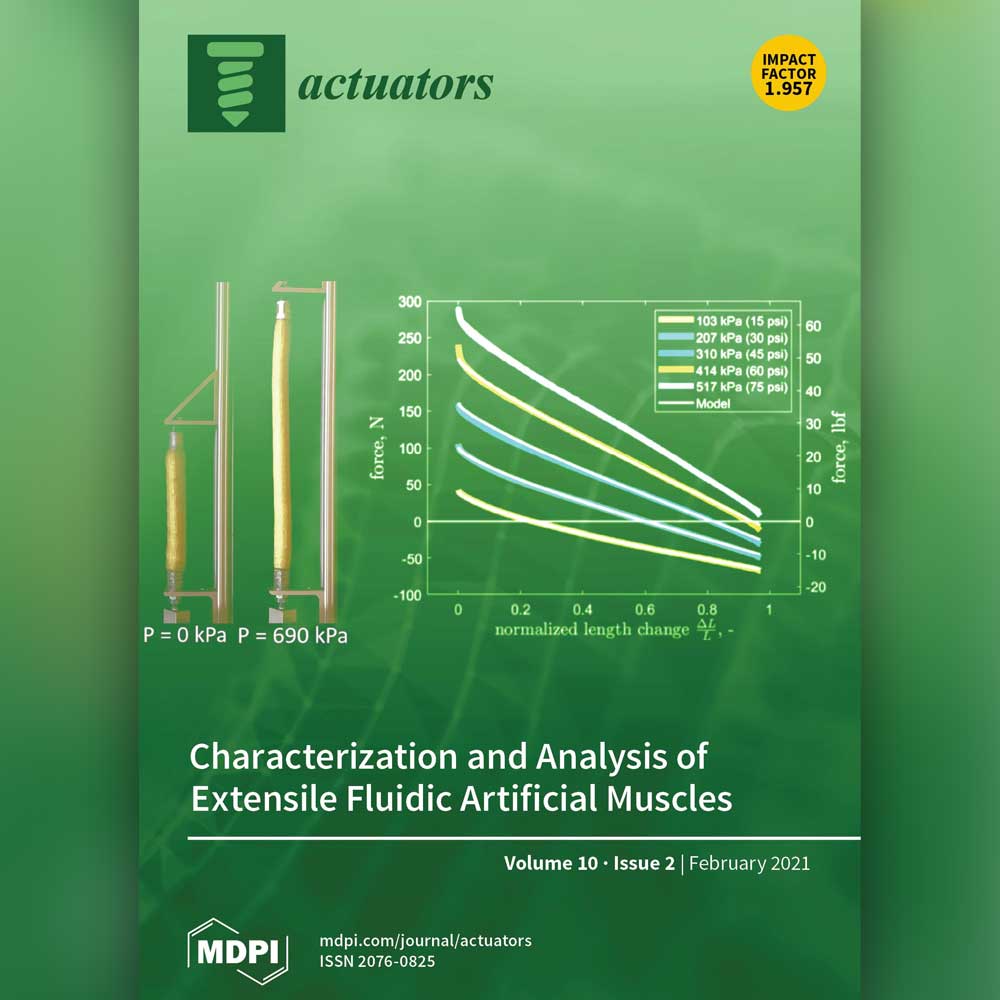News Story
Test Site Becomes UMD UAS Research and Operations Center
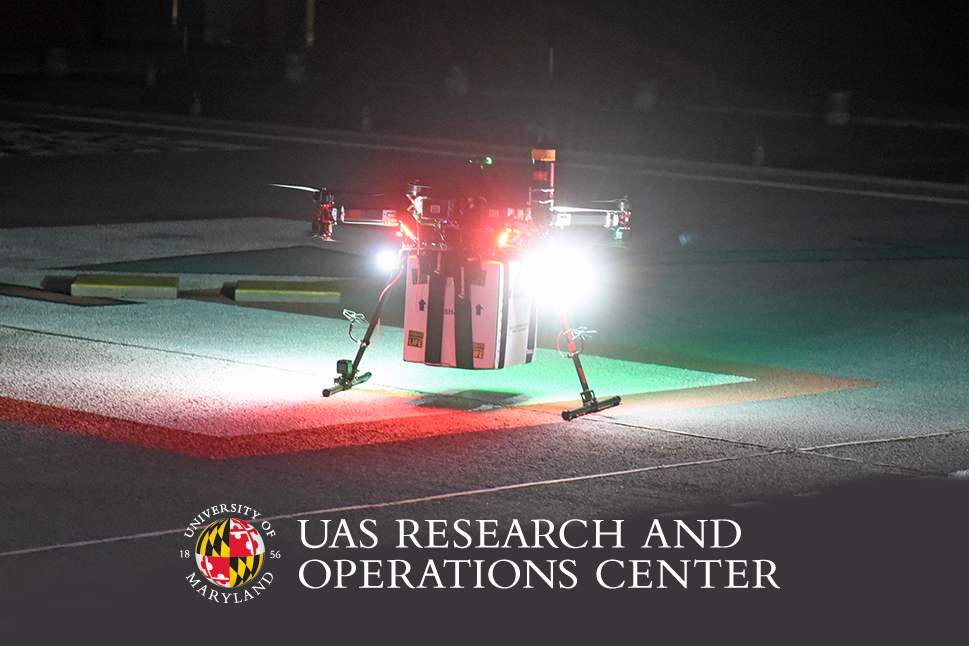
The University of Maryland’s (UMD) UAS Test Site, which in 2019 conducted the first-ever drone delivery of a live organ for transplant, is undergoing a transformation. As of October 20, 2022, it will be known as the UMD UAS Research and Operations Center (uroc.umd.edu).
The facility, which is part of the UMD aerospace engineering department, will continue to operate from its headquarters at the St. Mary’s County Regional Airport in California, Maryland.
The change reflects the full scope of the work done over the years, said its director, John Slaughter. “We do much more than conduct tests, although they are part of many of our projects. We support a wide range of research involving aerial autonomy, we provide operational and technical expertise, and we conduct educational and outreach activities,” he said. “We’re also spearheading regional efforts aimed at ultimately integrating uncrewed aircraft into the national airspace.”

Recent projects include the employment of customized drones and payloads to research their utility in calibrating satellite payloads used in measuring sea ice thickness.
Those efforts include the Chesapeake Bay UAS Route Network (CURN), a proposed set of route segments in Maryland in which drones would ultimately share airspace with their crewed counterparts in on-demand operations. In 2020, the UMD UAS Test Site–now UROC–commissioned the Padina Group to conduct a feasibility study regarding the proposal, which could help drive a significant expansion in the use of drones for commercial and other purposes in Maryland. “We expect to see rapid acceleration in the coming years, but it’s important to ensure that a robust framework for safe, sustainable operation is in place,’ Slaughter said. “A successful path forward depends on a combination of technical advancement and operational best practices. Those are both key areas of focus at UROC.”
“Not only does our team represent thousands of hours of collective flight time, utilizing a full spectrum of uncrewed aircraft, but we have developed a set of operational procedures that set an example for the industry as a whole,” he said.
“We expect to see rapid acceleration in the coming years, but it’s important to ensure that a robust framework for safe, sustainable operation is in place. A successful path forward depends on a combination of technical advancement and operational best practices. Those are both key areas of focus at UROC.”
John Slaughter, Director, University of Maryland UAS Research and Operations Center
The UMD UAS Test Site officially opened in August 2014, with a mission to accelerate the safe and responsible use of UAS technology. It is part of a technical corridor in Southern Maryland that also includes the University System of Maryland at Southern Maryland (USMSM) and its recently opened Southern Maryland Autonomous Research and Technology (SMART) Building.
Since its inception, the UMD UAS Test Site has partnered with many federal agencies, including DHS, NASA, and NOAA; defense organizations, including the Army Research Laboratory (ARL), the Defense Advanced Research Projects Agency (DARPA), and the Naval Air Warfare Center Aircraft Division (NAWCAD); and researchers based at the University of Maryland and elsewhere. Notable recent endeavors include developing optimized methods of calibration for satellite payloads used in search and rescue operations, and employment of customized drones and payloads to research their utility in calibrating satellite payloads used in measuring sea ice thickness.
But it is the April 2019 organ delivery that stands as the Test Site’s best-known achievement so far. Conducted in partnership with the University of Maryland School of Medicine and the University of Maryland Medical Center, the mission resulted in the successful transport of a live kidney for transplant into a waiting patient. By demonstrating that deliveries of this kind can be conducted reliably and safely, this first-of-kind delivery opened the door for potentially life-saving improvements in the process of organ delivery—a process that is currently plagued by inefficiencies and delays.
“Autonomous aircraft are the way we’re going to transport organs for transplant someday,” said Matt Scassero, who served as the Test Site’s director from 2014 until 2022. “Let us be the one that builds a bridge to make it happen.”
UROC will continue to be forward-looking, Slaughter said. “Along with research and education to support addressing the problems of today, we look forward to meeting the needs of the future,” he said. “Whether we are assisting UMD faculty or federal agencies in researching methods for addressing a changing climate, aiding students in preparing for their futures as aerospace engineers, or setting the path for the widespread use of UAS in Maryland, we look to do things that are unique and make a difference.”
“Exciting things are happening in the world of uncrewed aircraft, and our job is to be on the leading edge,” Slaughter said.
Published October 20, 2022
